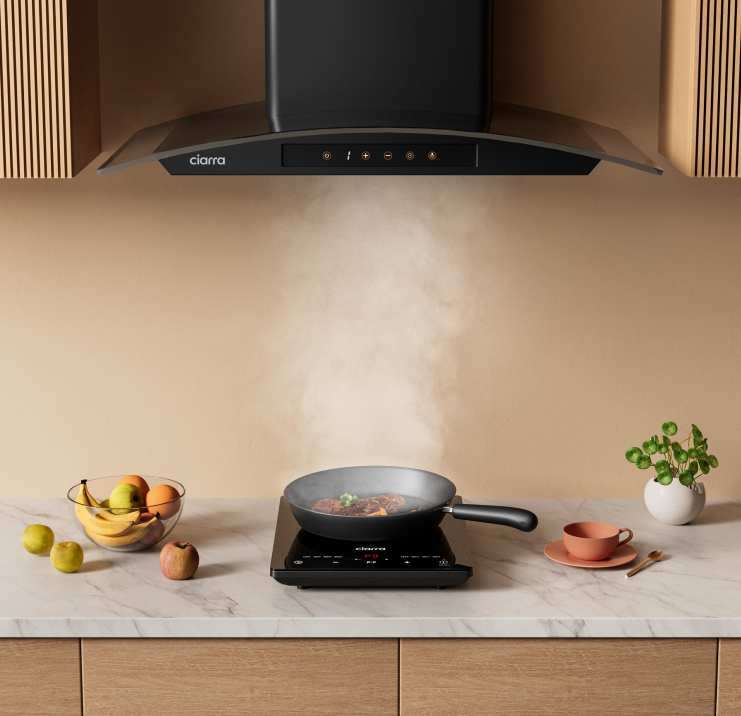Induction cooktops have gained popularity for their fast and precise cooking capabilities. If you're new to induction cooking or looking to enhance your skills, this blog post is for you. We will explore various cooking techniques and share valuable tips to help you make the most out of your induction cooktop. From temperature control to cookware selection, we will cover everything you need to know to become a master of induction cooking.

Understand Induction Technology
Before diving into cooking techniques, it's important to understand how induction technology works. Induction cooktops use magnetic fields to generate heat directly in the cookware rather than through a heating element. This allows for rapid and precise temperature changes. Familiarize yourself with the controls and features of your induction hob, such as power levels and temperature settings, to gain better control over your cooking.
Use Cookware Suitable for Induction
For induction cooking, it's crucial to use cookware that is compatible with induction technology. Look for pots and pans with a magnetic base, as they will work efficiently on induction cooktops. Stainless steel, cast iron, and enameled cast iron are popular choices for induction cookware. Avoid using non-magnetic materials such as aluminum or copper unless they have an induction-compatible base. Using the right cookware ensures optimal heat transfer and efficiency.
Take Advantage of Precise Temperature Control
One of the key advantages of induction cooking is its precise temperature control. Take advantage of this feature by experimenting with different heat levels for various cooking techniques. Lower heat settings are ideal for simmering and gentle cooking, while higher heat settings are suitable for searing and boiling. Adjust the temperature quickly and accurately to achieve desired results.
Optimize Heat Distribution
To optimize heat distribution on an induction cooktop, ensure that the cookware size matches the burner size. Using oversized cookware may result in uneven heat distribution. Additionally, centering the cookware on the burner and avoiding overcrowding the surface will help maintain consistent cooking temperatures.
Embrace Faster Cooking Times
Induction cooktops heat up quickly, reducing cooking times compared to other cooking methods. Embrace this advantage by adapting your cooking techniques. Stir-frying, sautéing, and searing can be done efficiently on induction cooktops due to the rapid heat response. Keep a close eye on your food to prevent overcooking or burning.
Practice Induction-Specific Techniques
Certain cooking techniques work exceptionally well on induction cooktops. For example, "power boost" or "boost mode" can quickly bring liquids to a boil. Utilize the "simmer" setting for gentle cooking and the "keep warm" setting to maintain temperature without overcooking. Get acquainted with these induction-specific techniques to maximize the functionality of your cooktop.
Take Advantage of Safety Features
Induction cooktops come with built-in safety features, such as automatic shut-off and residual heat indicators. Please familiarize yourself with these features and utilize them for added safety in your cooking process.
Conclusion
Induction cooktops offer precise control and faster cooking times, making them a fantastic addition to any kitchen. By understanding induction technology, using compatible cookware, optimizing heat distribution, and mastering induction-specific techniques, you can take your cooking skills to the next level. Embrace the advantages of induction cooking and enjoy the culinary possibilities it offers.

